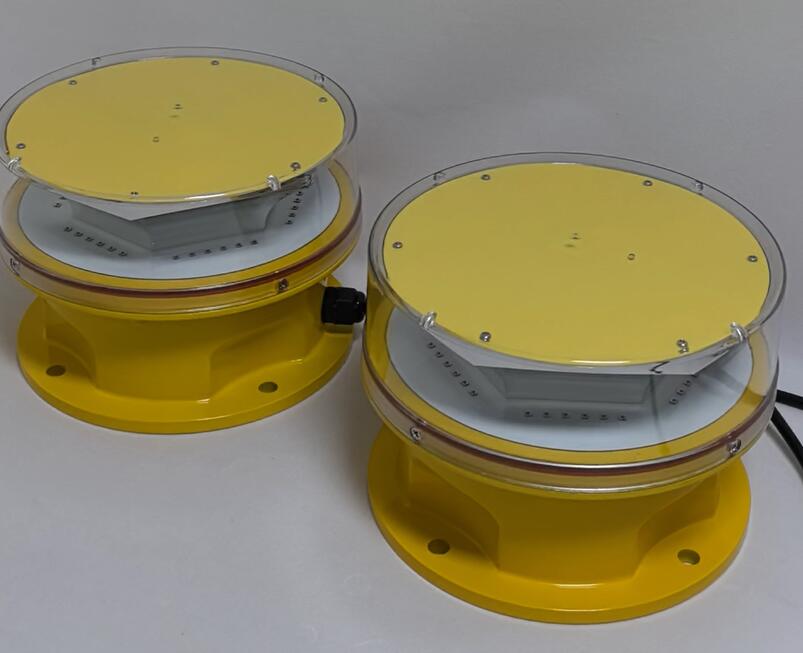
In the vast expanse of the sky, where aircraft soar through the clouds, there is a crucial element that ensures safety and visibility - the LED aviation light. These lights play a vital role in guiding pilots, alerting other aircraft, and providing essential information for a smooth and secure flight.
LED aviation lights have revolutionized the aviation industry with their numerous advantages. One of the key benefits is their energy efficiency. Compared to traditional lighting systems, LEDs consume significantly less power, which is a significant consideration for aircraft where every ounce of weight and every watt of power matters. This not only reduces operational costs but also allows for longer flight times without the need for frequent battery changes or additional power sources.
Another advantage of LED aviation lights is their durability. Aircraft are subjected to extreme conditions, including vibration, temperature changes, and exposure to the elements. LEDs are highly resistant to these factors, ensuring a longer lifespan and reducing the need for frequent maintenance and replacements. This reliability is essential for ensuring the safety of flights and minimizing downtime for aircraft.

Visibility is of utmost importance in aviation, and LED aviation lights excel in this aspect. They emit a bright, clear light that is easily visible from a great distance. Whether it's a navigation light on the wingtip, a strobe light for increased visibility, or a landing light for safe approaches, LEDs provide a reliable source of illumination that helps pilots see and be seen. The intense brightness of LED lights can cut through fog, haze, and other adverse weather conditions, enhancing safety and reducing the risk of collisions.
12
er
45
dfc
The color-coding system of LED aviation lights is also a crucial feature. Different colors are used to indicate specific functions and positions on the aircraft. For example, red lights are typically used on the left wingtip, green on the right, and white for anti-collision lights. This standardized color scheme helps pilots quickly identify the orientation and position of other aircraft, facilitating safe navigation and avoiding potential conflicts.
In addition to their practical applications, LED aviation lights also add a touch of elegance and modernity to aircraft. With their sleek designs and bright illumination, they give aircraft a distinctive look that stands out in the sky. Whether it's a commercial airliner, a private jet, or a small general aviation aircraft, LED lights enhance the aesthetic appeal and professionalism of the aircraft.
The development of LED aviation lights has been driven by advances in technology and a growing demand for safer and more efficient aviation solutions. As the aviation industry continues to evolve, we can expect to see even more innovative applications of LED technology in the years to come. From enhanced visibility systems to intelligent lighting controls, LEDs are poised to play an even greater role in ensuring the safety and success of flights.
LED aviation lights are a game-changer in the world of aviation. Their energy efficiency, durability, visibility, and color-coding system make them an essential component of modern aircraft. As we look to the future, these lights will continue to illuminate the skies and contribute to the safety and efficiency of air travel. So, the next time you look up at an aircraft soaring through the sky, take a moment to appreciate the role of LED aviation lights in keeping our skies safe and our flights on track.